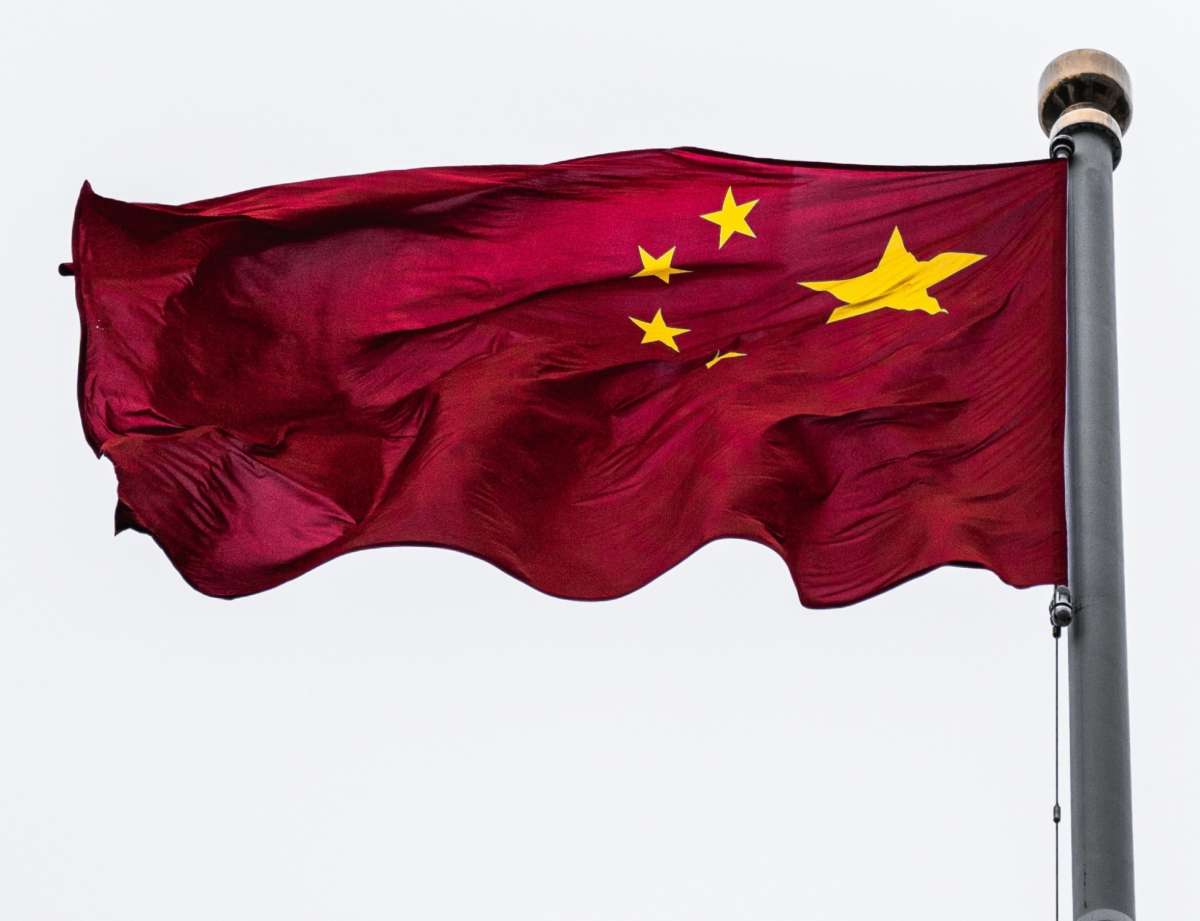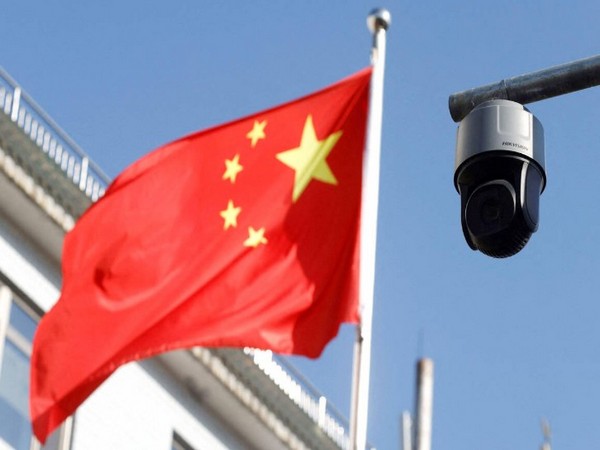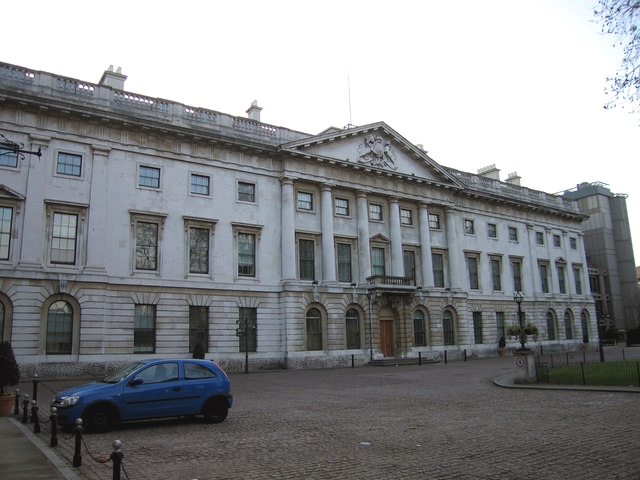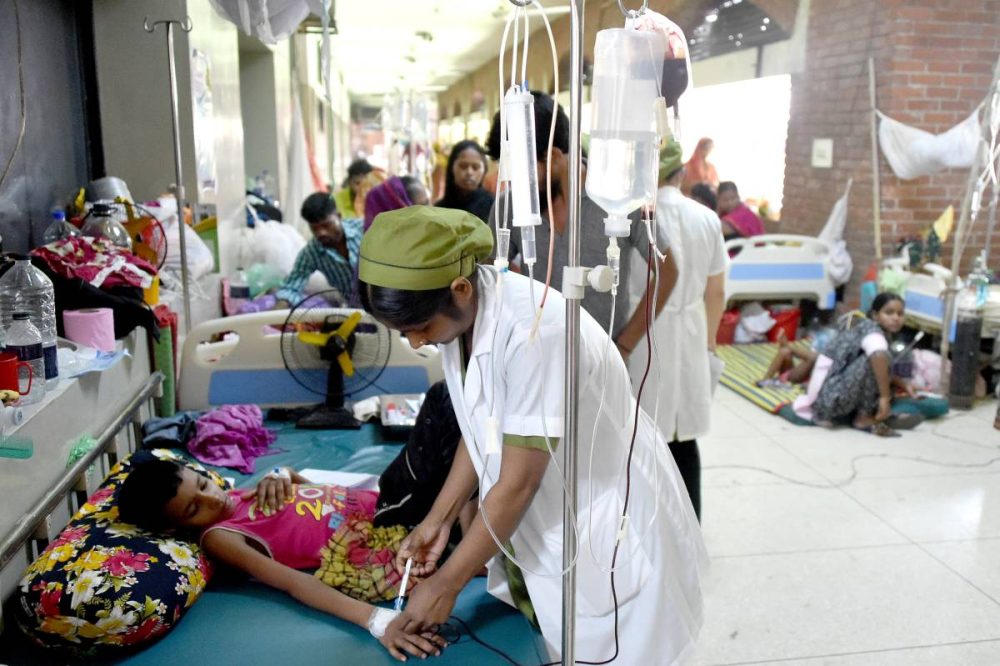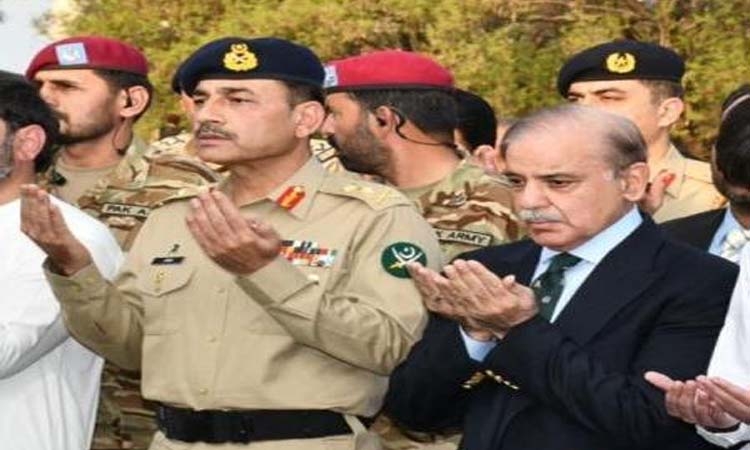There is not a dearth of senior candidates, he said, but India’s approach to China has “changed” and there might be few takers for the job among Chinese diplomats…reports Asian Lite News
China has yet to appoint its ambassador to India, some 15 months since the post fell vacant.
The last Chinese Ambassador in Delhi was Sun Weidong, who left in October 2022 after three years on the job and became a Vice Foreign Minister in Beijing on his return.
China-India relations plunged to a new low in the modern histories of the Asian neighbours in June, 2020, following clashes in the Galwan River valley that killed at least 20 Indian and four Chinese soldiers.
The decades-old border dispute, which led to a war in 1962, has seen skirmishes in the past three years amid a troops build-up and partial pullback.
The delay in appointment is a sign that the bilateral relationship remains frosty. But the reason being increasingly cited is China’s internal affairs.
A diplomatic source said while the common perception is linked to the current state of Sino-Indian relations, the process of selecting a candidate from within China’s foreign service is taking time because the Delhi posting requires seniority (as does the role in some other capitals).
Both Chinese and Indian foreign policy analysts agreed China would be cautious about who to pick but their explanations differed.
“It is a vice-ministerial-level job, an important post, so they need to find the right person,” said Hu Shisheng, director, Institute for South Asian Studies, at a Beijing-based think-tank on international relations. “This is not related to the bilateral situation. It is a domestic issue.”
At present, no other country in South Asia has the Chinese ambassador’s post empty.
“An Indian ambassador to China can be selected from the joint secretary and above levels (Indian government hierarchy) but the Chinese ambassador’s post (in India) is of a vice-ministerial level. Compared with years ago, the job’s bureaucratic rank is higher today,” said Srikanth Kondapalli, dean, School of International Studies, Jawaharlal Nehru University, Delhi.
There is not a dearth of senior candidates, he said, but India’s approach to China has “changed” and there might be few takers for the job among Chinese diplomats.
“The Galwan incident and follow-up have made the bilateral relationship sensitive,” he said, adding that a new appointee would have an uphill task.
According to a non-diplomatic source, last year, “the Chinese government had nearly found a new ambassador to India but the idea was later dropped” amid internal changes such as the removal of Qin Gang from the post of foreign minister and Li Shangfu from the post of defence minister.
The probability of China announcing a new ambassador to India in the immediate future appears less likely, owing to domestic preoccupation: the “two sessions” – China’s annual legislative meetings in March, as well as India’s general elections between April and May.
“Not naming a new ambassador doesn’t mean that China does not take India seriously,” said Qian Feng, director of research, National Strategy Institute, Tsinghua University, Beijing. “China has its internal process and will be careful about this appointment.”
For China-India relations to thaw, China has to create the right conditions, Kondapalli said.
“India is saying, go back to where you came from (pre-2020), remove the troops – de-escalate and disengage and then we can talk about resetting relations.”
Hu said the Galwan clash continues to be a sensitive issue in the bilateral relationship but both countries have “learned big lessons”.
The India-China disputed border is categorised in three sections: eastern, middle and western.
“The eastern and middle sections are more or less clear in terms of each other’s positions and the Line of Actual Control but there are many ‘grey areas’ in the western section, with overlapping claims,” Hu said, adding that “with mutual understanding, both sides have disengaged in some of the hotspots other than Demchok and the Depsang Plains”.
China views the border dispute as a “leftover” problem of British colonialism in the region and wants to go about business as usual with India in other fields. India has been more vocal about its non-acceptance of that position since 2020.
“We wish India understands that the resolution of the border dispute should not be seen as a prerequisite for improving general bilateral relations,” said Qian.
Ma Jia, the charge d’affaires of the Chinese embassy in Delhi, described the current border situation as stable.
“The two sides have maintained the momentum of diplomatic and military negotiations on border-related issues and agreed to promote the settlement of the issues and turn the page at an early date,” she told reporters last Thursday.
The two countries have held 20 rounds of military talks and more than a dozen diplomatic meetings on the border issue since 2020.
China’s Belt and Road Initiative, which is integrated with its foreign policy, would be another factor in the appointment of a Chinese ambassador to India, Kondapalli said.
Chinese President Xi Jinping addressed the “central conference on work relating to foreign affairs” in Beijing in December. Among other things, a post-meeting statement noted “the platform for action is high-quality Belt and Road cooperation”.
“The last four or five Chinese ambassadors to India were not able to convince New Delhi to join or support the BRI,” said Kondapalli.
India raised sovereignty concerns over the BRI’s flagship connectivity project that runs through Pakistan-occupied Kashmir and has opposed it over the past decade since its launch.
Hu said China and India can cooperate outside the BRI.
“While BRI diplomacy is an important part of China’s foreign policy, we also have major-power diplomacy such as with Russia and other collaborations that focus mainly on development or physical connectivity. With India, China can have physical or digital connectivity. For example, China has the hardware and India the software,” he said.
China and India have maintained “high-level communications and interactions”, setting the tone for “stabilising” the relationship, Ma said.
Last year, bilateral trade reached $136 billion and India’s exports to China grew by 6 percent year-on-year.
India’s trade deficit with China was $83.2 billion in 2022-23, according to Indian Commerce Ministry data.
Chinese investment in India has declined in the recent years, also amid an Indian government crackdown. The number of Chinese companies registered for business in India has fallen since the pandemic. India has long sought more market access in China, with few Indian companies registered for business in China even before the pandemic.
ALSO READ-13 Students Killed in School Dormitory Fire in China


